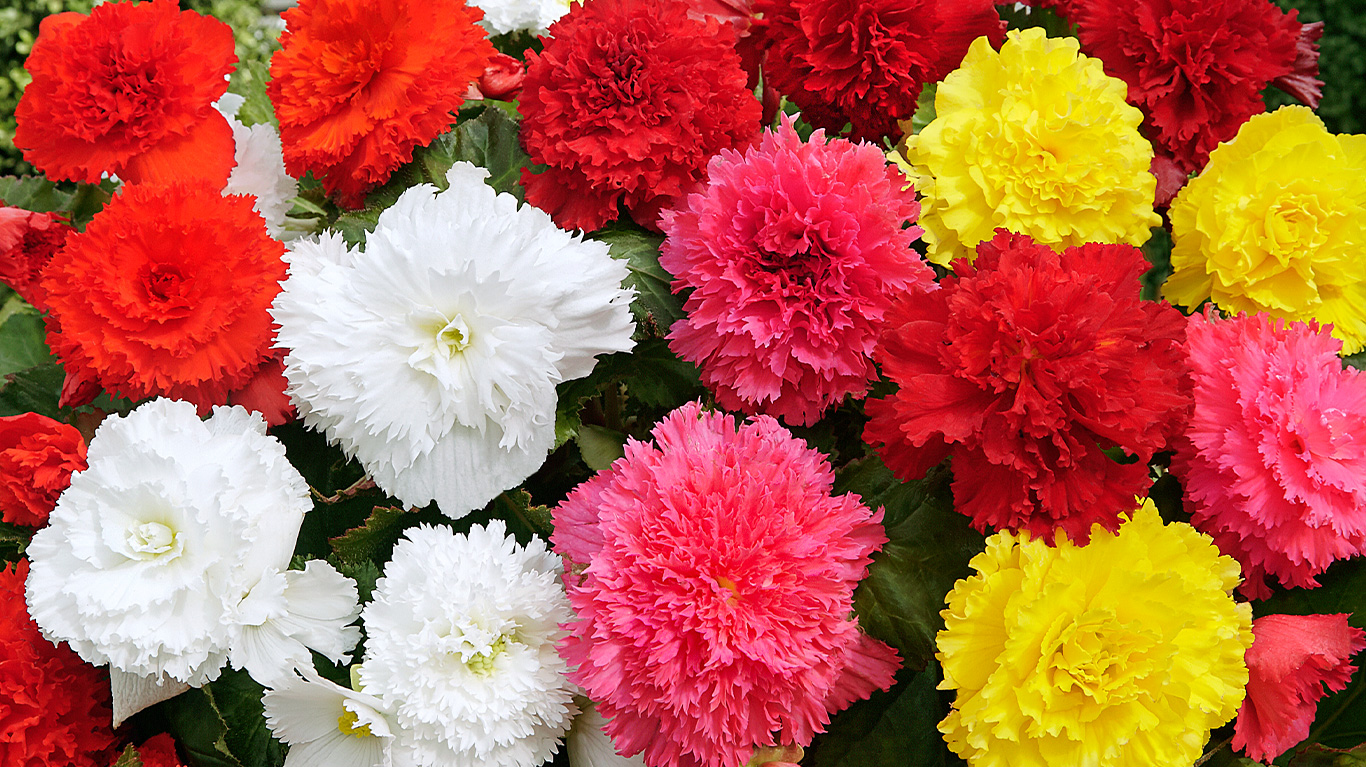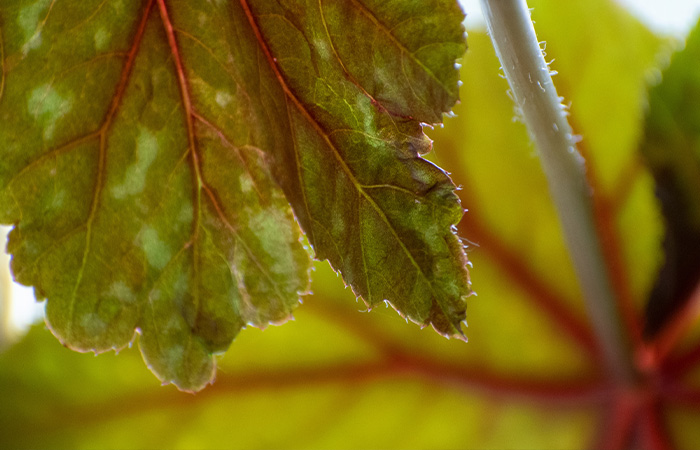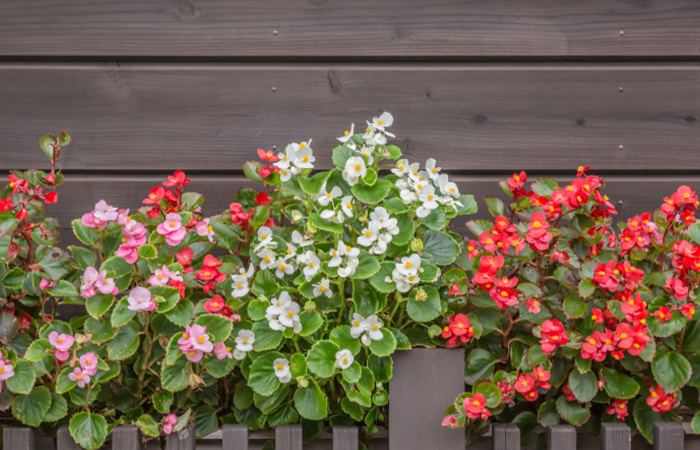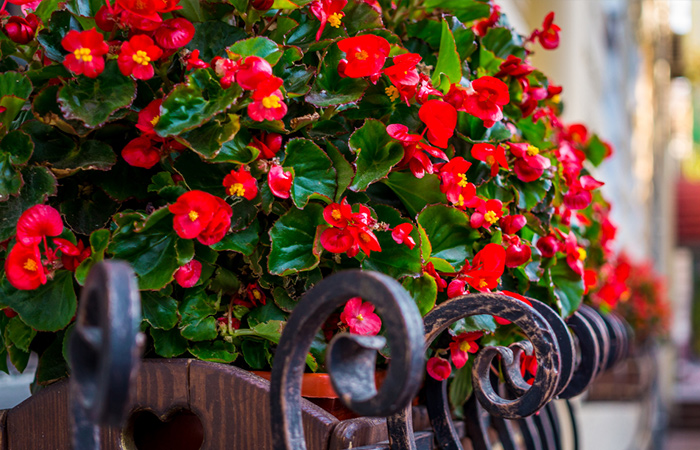
How Supplied
Our bulbs will be delivered fresh and healthy. There should be firm, not soft. Some bulbs may arrive with slight mould patches, but this is completely normal and can be brushed off. If you suspect that your bulbs are faulty, do not hesitate to get in touch.
Once your bulbs arrive, take them out of their packaging (including bags) and lay them out on newspaper so they can breathe. This is so they don’t excessively sweat in their containers, ruining the bulbs. Leave somewhere cool and dry until it’s time to plant them.
What We've Included
When to Plant | Where to Plant | How to Plant | When will they flower | After Care |
Common Issues | Inspiration | Further Reading
When to Plant
Begonia tubers and corms can be planted in the spring, usually between March and May.
If planting straight outside, wait until the chance of surprise frosts disappears before you get out your gardening gear. If you have a greenhouse or a sunny windowsill, you could plant them even earlier than this. These sensational summer blooms will then appear throughout the warmer months, providing you with flowers aplenty.
Begonias can be hardened off before settling into their final positions, helping them to grow big and strong. Read the how to plant section to know more about this process.
Where to Plant
Begonias prefer sunny areas of the garden, but some varieties can survive in partial shade.
The Semperflorens Begonia, for example, can survive in areas of the garden that aren’t so well endowed with sunlight.
Plant in your flower beds, hanging baskets, or a comfortably sized container for an outstanding summer display!

How to Plant
Begonias are sensitive to the cold, so growing them inside and then hardening them off before settling them into their final positions in the garden helps them live a longer and happier leafy life.
You can start corms off indoors as early as February. Plant them shallowly with the hollow side pointing to the sky. Gently push them into place and water them thoroughly. Place them in propagator or leave them on a warm windowsill until all risk of frost has passed.
To plant corms directly outside, find a medium-sized container to plant your corm/tuber. Make sure it has drainage holes at the bottom. Before putting in your multi-purpose compost, add some gravel to the bottom of the pot (about 1 inch).
Fill the pot halfway and then put in your corm/tuber. Make sure the concaved side is pointing upwards. Cover with soil and store the pot in a cool and dry place until all threat of frost has passed. Plant in its final position for flowering in the summer months or leave in the container for a beautiful addition to patio displays.
Water often when the soil is dry at the top and 2 inches below the surface.
Quick tips: If you’re after the very best performance from your Begonias, you can feed them each week with a high potassium feed like tomato fertiliser once they’re growing outside in their final position. Wait until they’ve been outdoors for about 4-6 weeks before feeding.
Watch Our Videos On How to Plant Begonias
Watch: How to Plant Cascading Begonias
Watch: How to Plant Double Begonias
Watch: How to Grow Begonia Organdy
When Will They Flower?
Most tuberous varieties will flower from mid-summer, often June. They will then provide you with months of floral charm for the summer garden, lasting until the early autumn (September/October).
After Care
When to water
Begonia tubers and corms can be watered once planted as often as is needed. If the topsoil and two inches below the surface is dry, then a good watering is needed. Soak well when watering to reach the whole root system.
Deadheading
Although regular pruning isn’t completely necessary, deadheading your plant when the flowers start to droop can make it look tidier and more presentable whilst in bloom.
What to do once they’ve finished blooming
Begonia tubers and corms should be lifted before the first frosts, so lift them in mid-autumn. A light frost won’t cause too much damage but try not to leave it too late in the season as it could damage the plant.
Wait until its leaves are yellow before reducing its water. Once fully died back, cut it back and lift the tuber for storing. Leave somewhere warm until it dries and pop them in a paper bag in a cool, dark and dry place.
Storing Tips
All types of varieties need overwintering, as the extreme cold weather damages the plant. This can affect how it grows the following season.
1. Wait until the plant has died down and has reached a straw colour (brown/golden yellow).
2. Brush off any remnants of soil and dirt gently.
3. Leave the tuber to dry thoroughly at room temperature. This could take about a week.
4. Once dried, keep them in trays or paper bags in a dry, dark room.
5. Replant in spring.
Common Issues & How to Solve Them

Drooping stems and yellowing leaves
If your Begonias are looking a bit lacklustre, then they might be overwatered. How to tell? The leaves will look a bit yellow and droopy before they should be dying back. Put your pots on stilts to avoid them sitting in water and only water your plant when it needs it.

Stem rot
Stem rot often occurs from overcrowding at the base of the plant or overly moist ground. The stems will look black or mouldy, its foliage will blacken, and the crown may collapse.
If your plants have suffered such an ill fate, then dispose of the plant. We recommend disinfecting all tools used on your infected begonias in bleach to avoid transferring the disease to your healthy plants.
Ready to Shop?
Find some inspiration for your garden
Want to Know even more about Begonias?
Take a look at our helpful blogs



